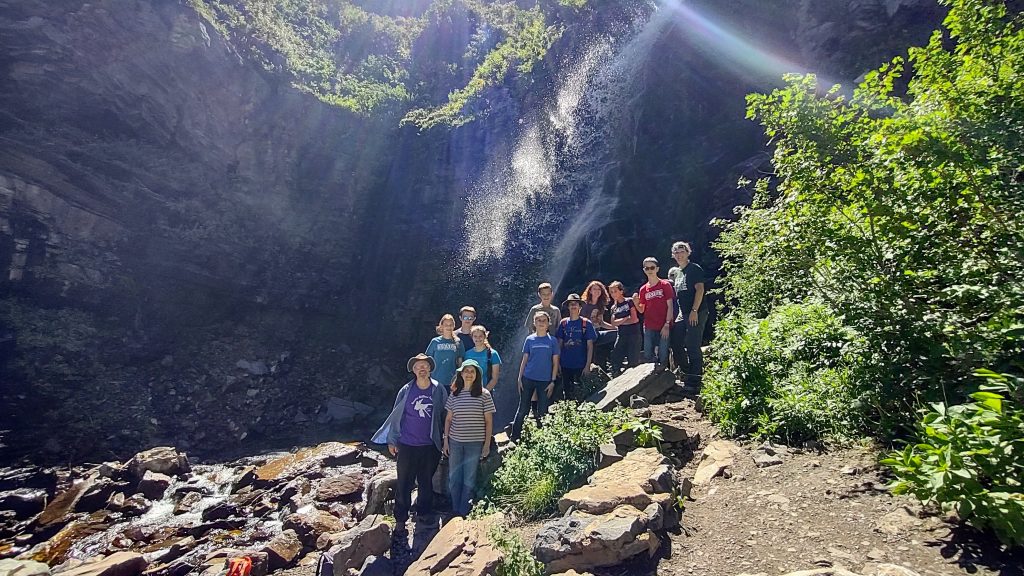THANK YOU to everyone who came out to our field trip today. It was SO FUN! And we learned SO MUCH! And I ate a whole lot of service berries – not so much some of those other berries. 😉
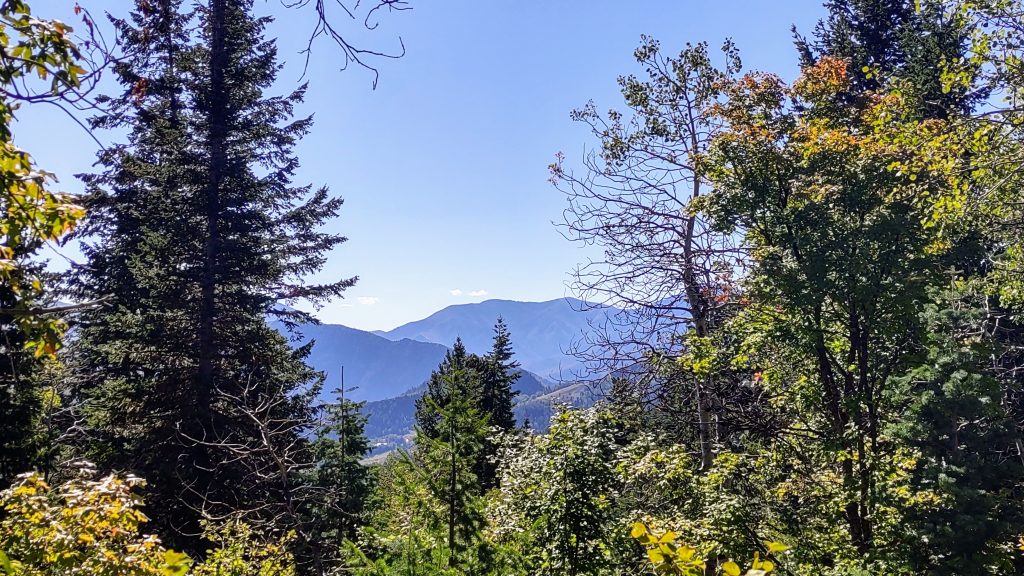
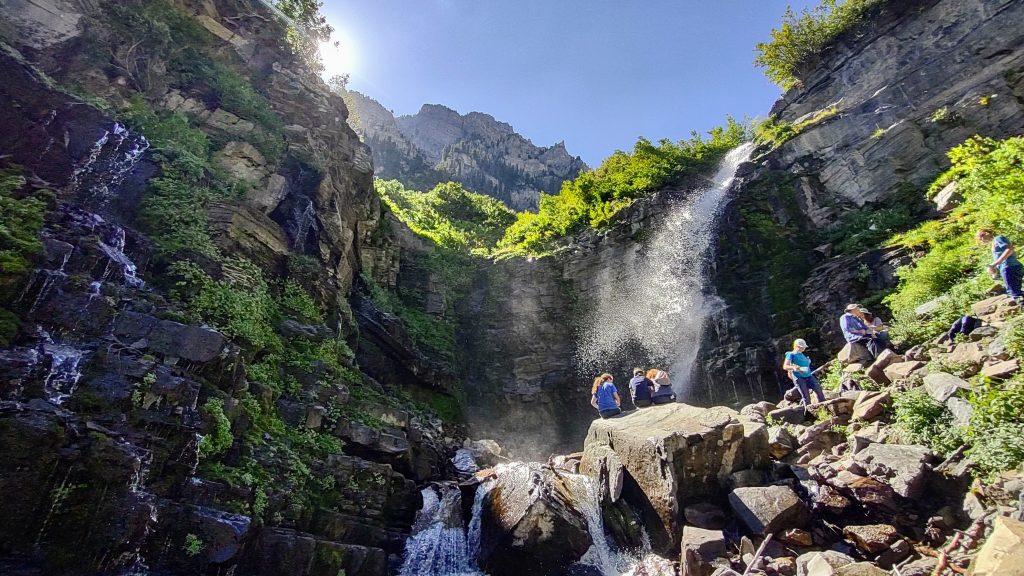
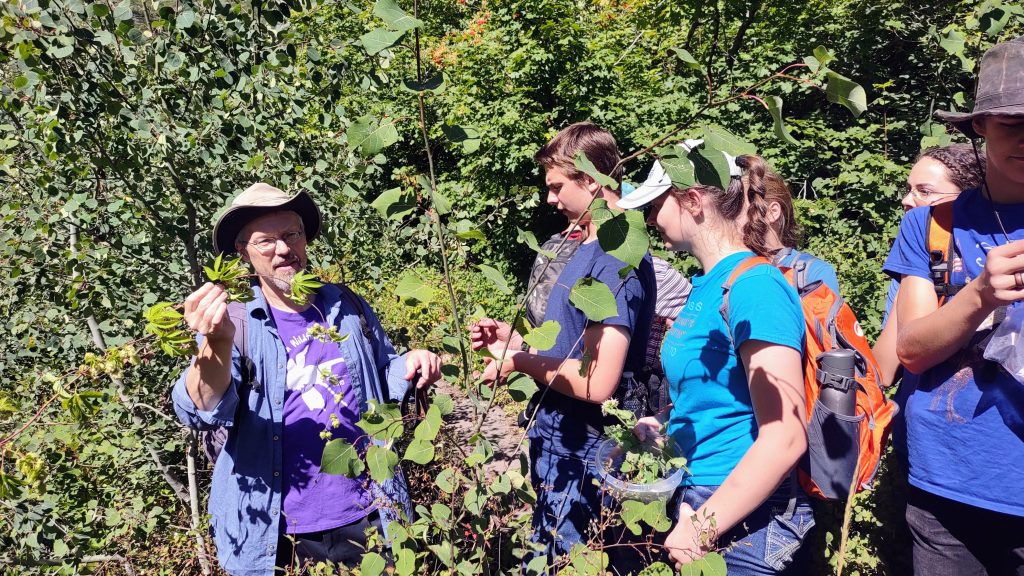
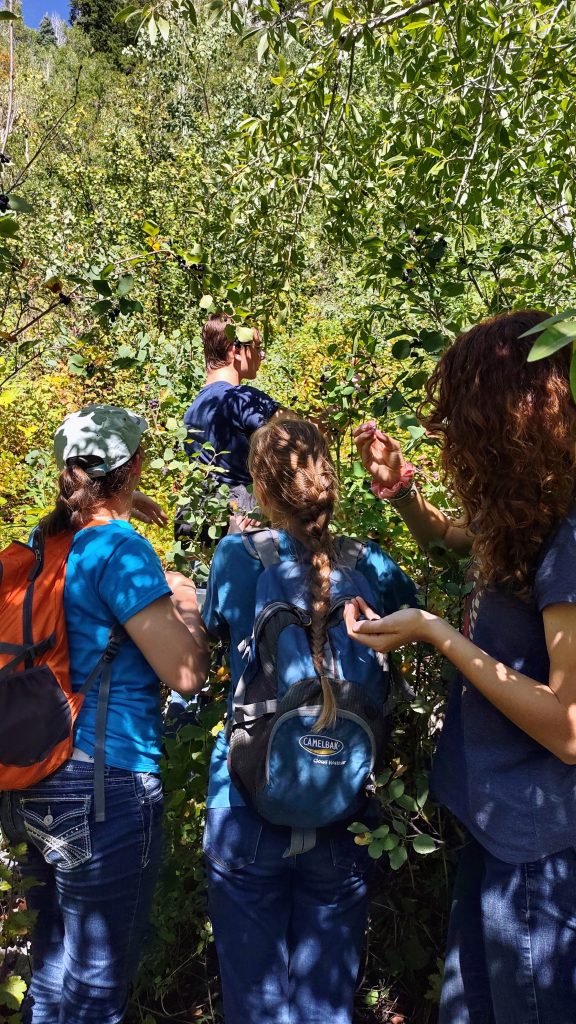
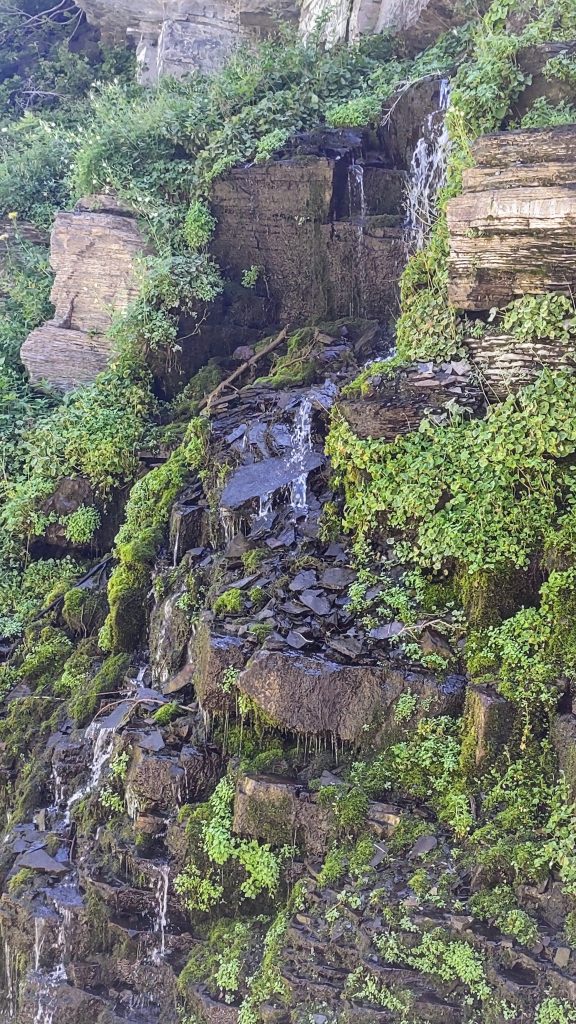
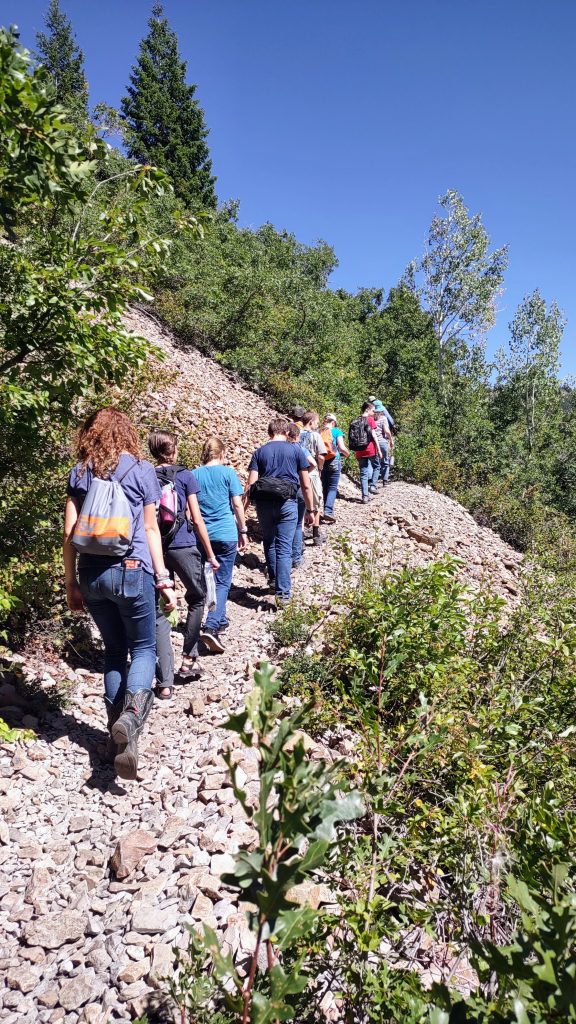
We didn’t really sit down long enough to take the time to do any nature journaling, so I wanted to post a few of my photos here. You can still make a nature journal page (or two – there were A LOT of berries!) by looking and observing these photographs. It’s not quite as good as handling the leaves, berries, and flowers yourself – BUT if you were there, you will hopefully remember the texture, taste, and some of the details of the plants that you observed. If you didn’t come on the field trip, you won’t be able to do nature journal pages off of THESE photos, BUT you can always just journal something in your own backyard! Remember, this semester you are required to do 8 journal pages. Don’t leave it off until the end!
Ok, here we go!
Service berries – look for a tree with grey bark and the leaves are knotched, but only on the top – so it resembles a spork sort of. (We saw more service berries than any thing else, but I didn’t take any good pictures of them because we were eating them the whole time!)
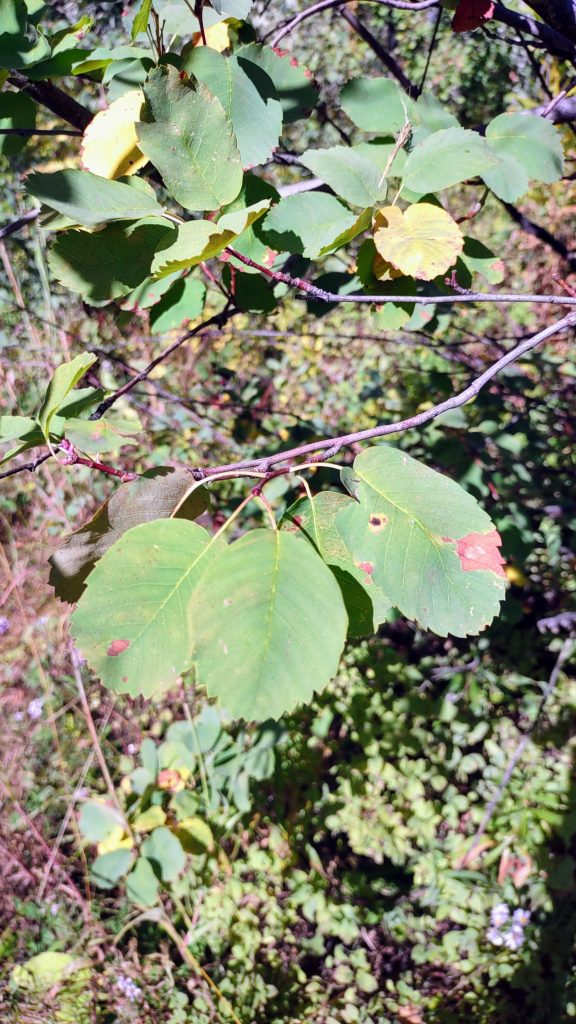
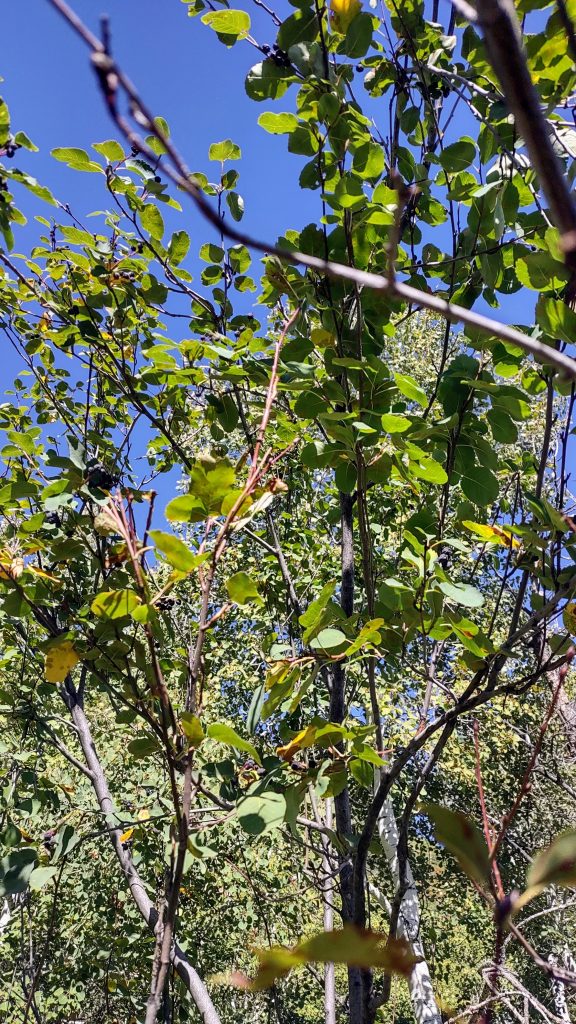
Mountain Ash – bright orange, in clusters, not delicious.
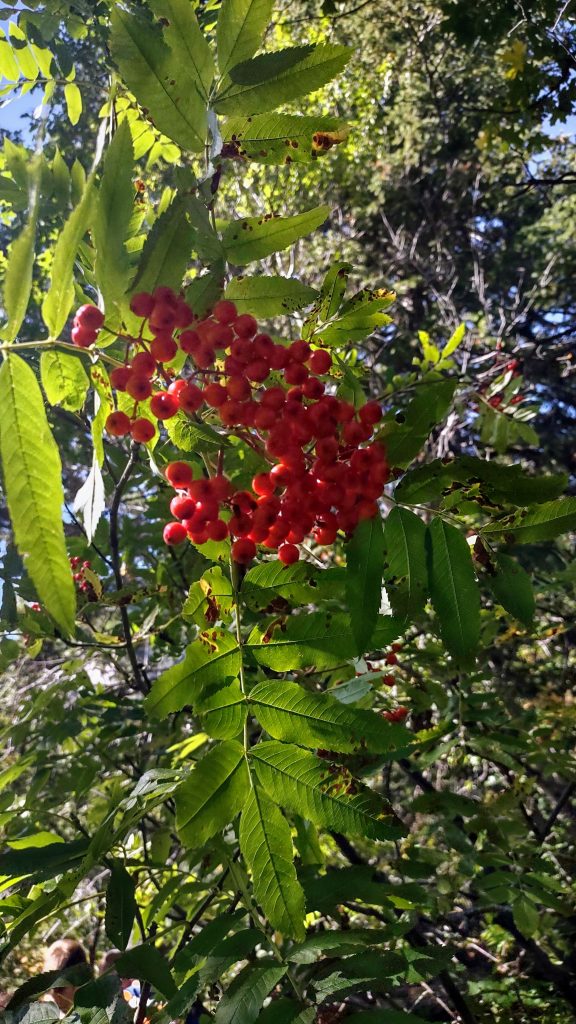
Red Baneberry – Poisonous. Do not eat. Closer down to the ground, bright red berries in clumps.
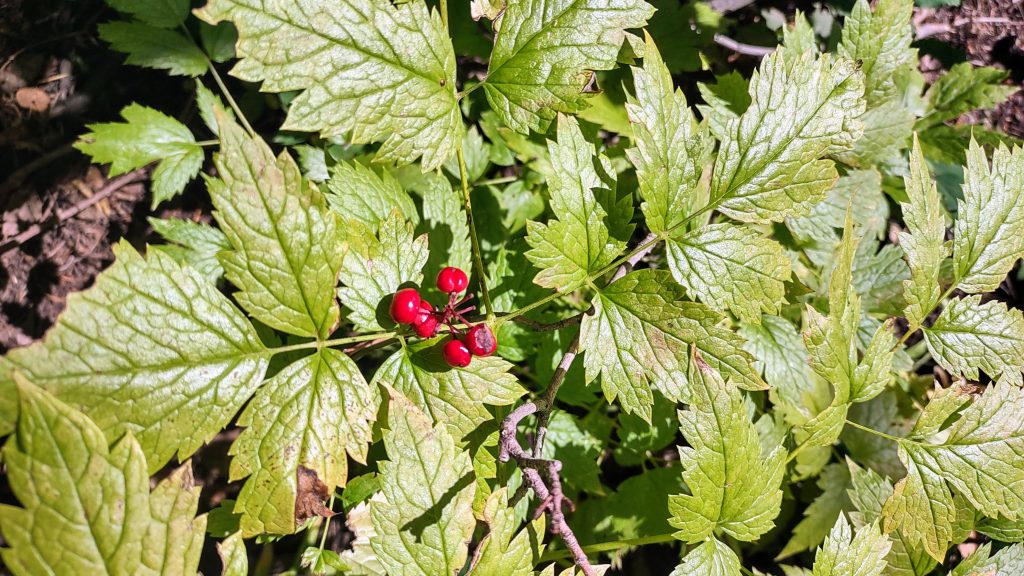
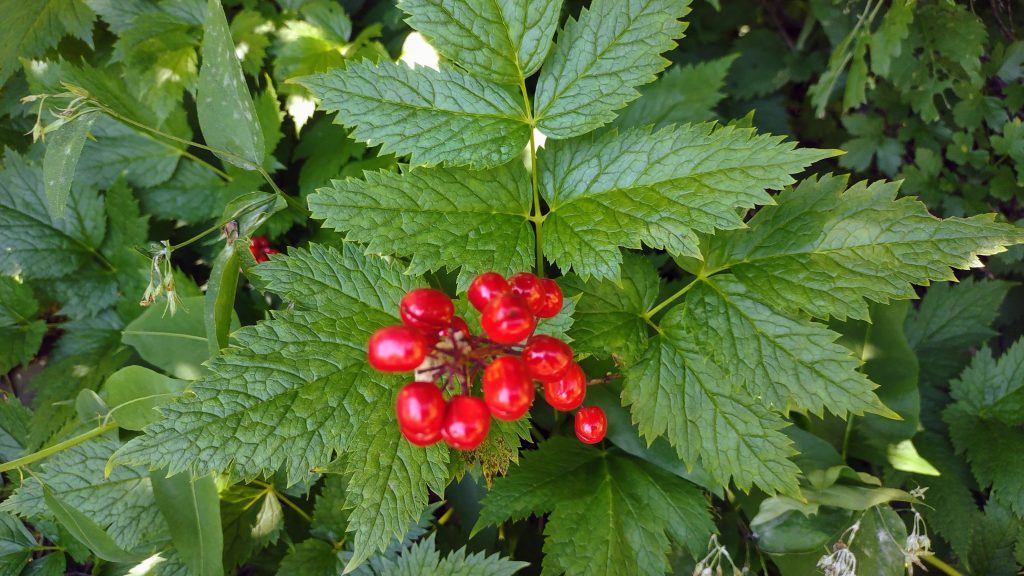
Oregon Grape – Edible. Pretty sour. Down close to the ground, they have a round end and a sort of pointy end. Their leaves are those in the FIRST picture – the dicot with the main vein down the middle and branching veins from that, also with the serrated looking edges. (Those other leaves in the second picture that look grass like and maybe monocot (?) are not the Oregon Grape leaves.)
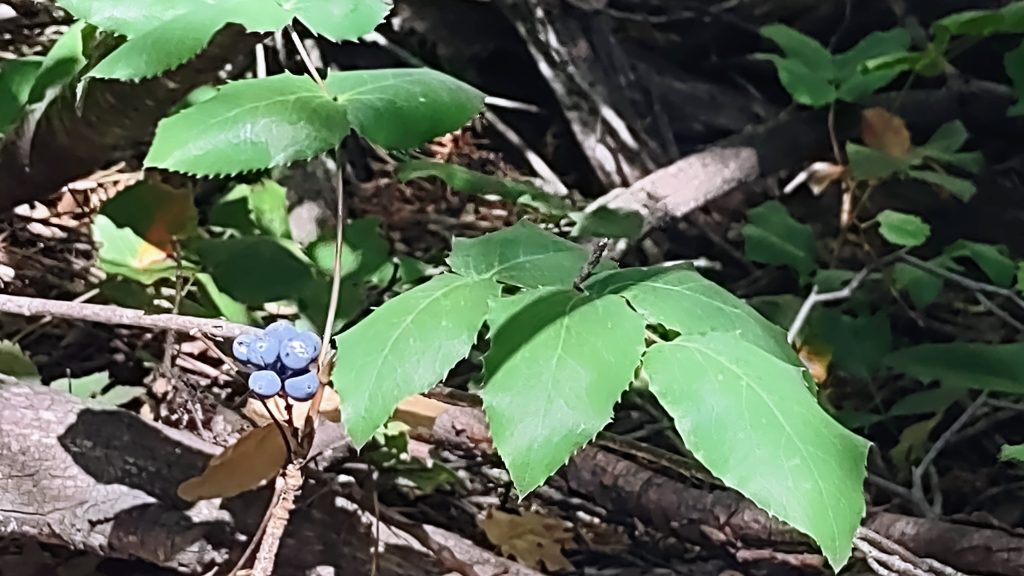
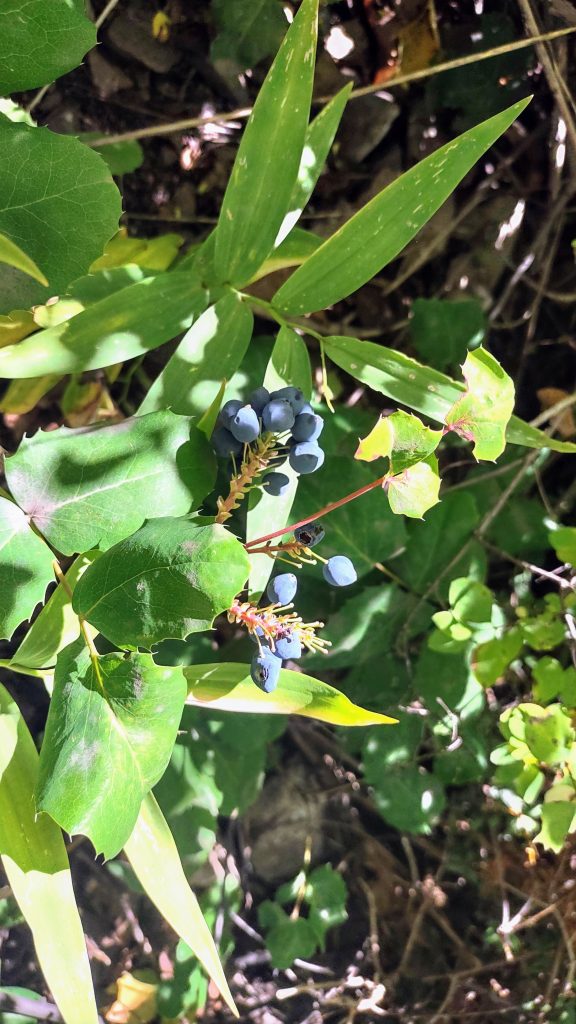
Choke Cherry – Really astringent! But the more ripe they get, the “better” they taste. Look for deep purple in color. Their leaves look just like any leaves of a cherry tree – if you look close just below the base of the leaf, you can see two little black dots on the stem. In the springtime you can identify the flowers because they are in long clusters called racemes (as opposed to a ball of flowers).
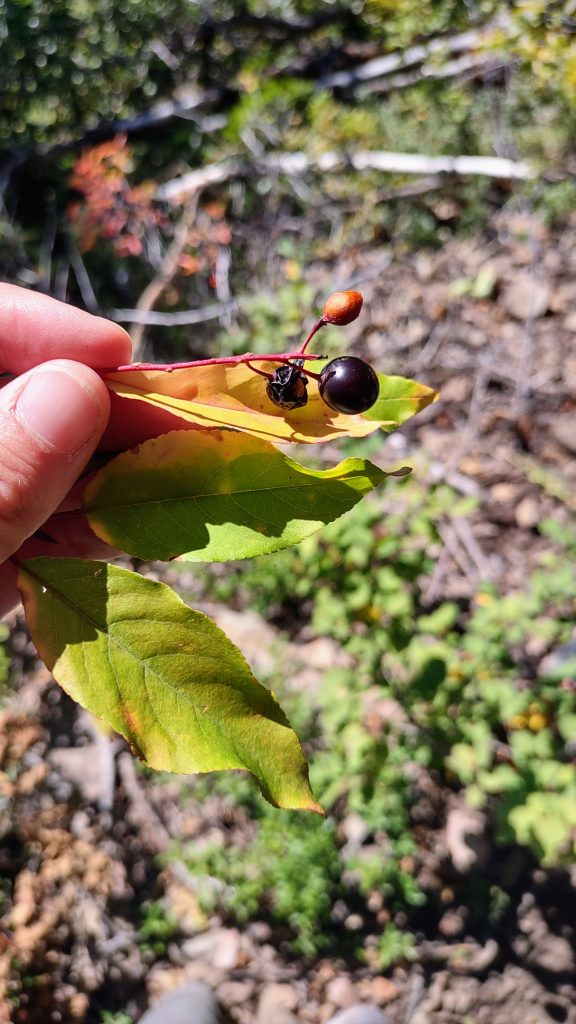
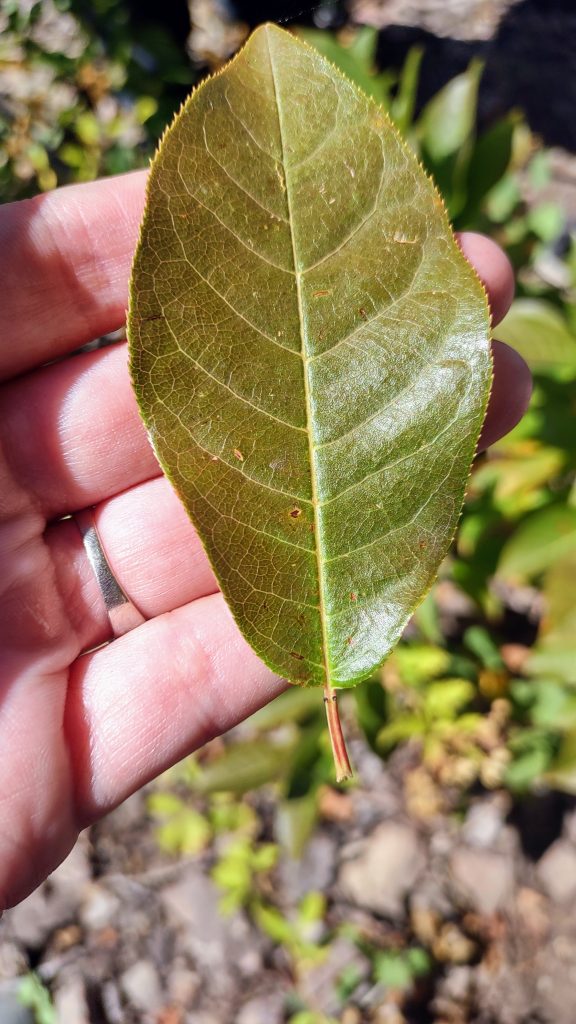
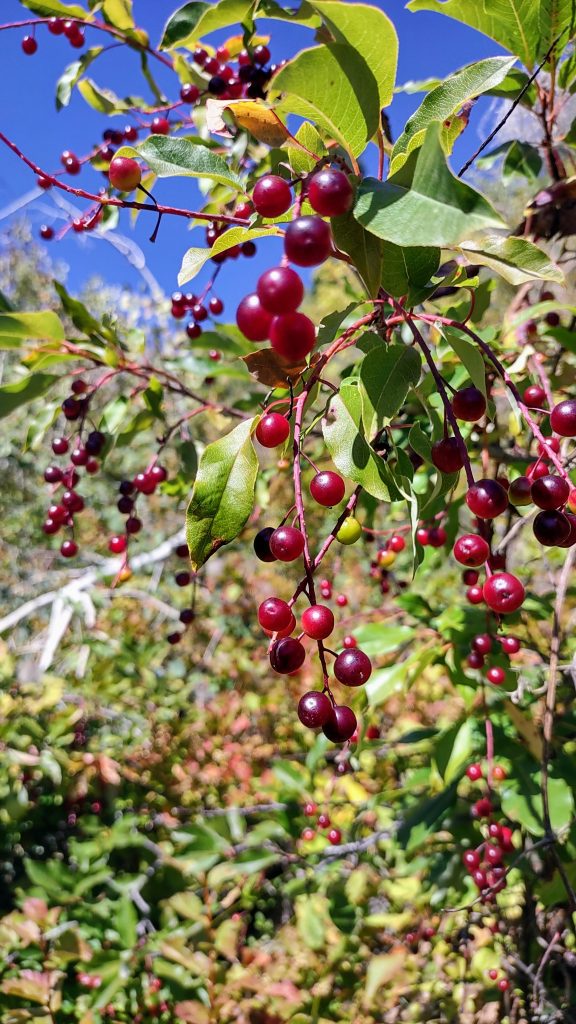
Snow Berries – “Not especially poisonous” (but probably don’t eat them anyway just in case.)
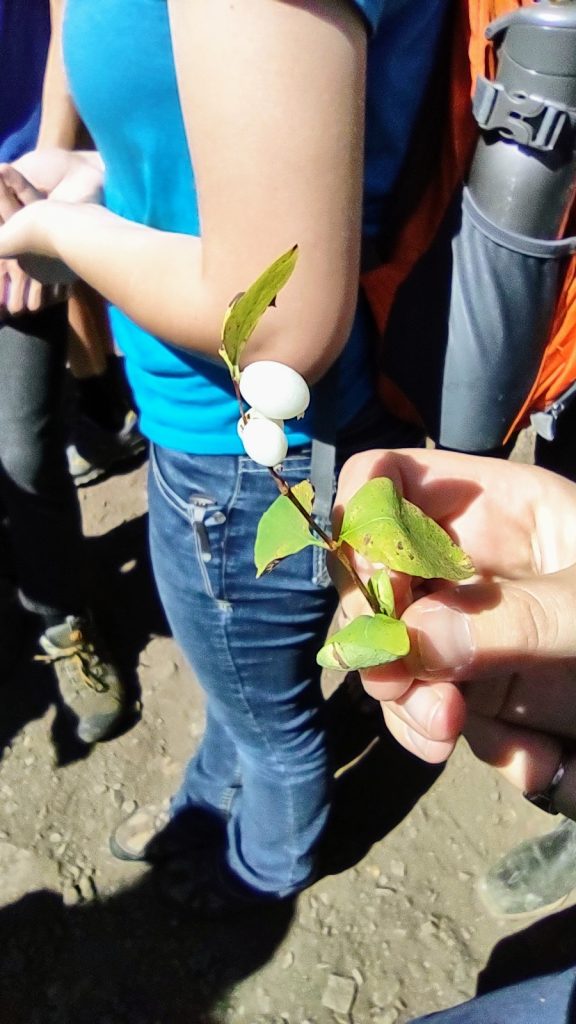
Raspberries – but we didn’t actually see any. You can make a tea out of red raspberry leaves.
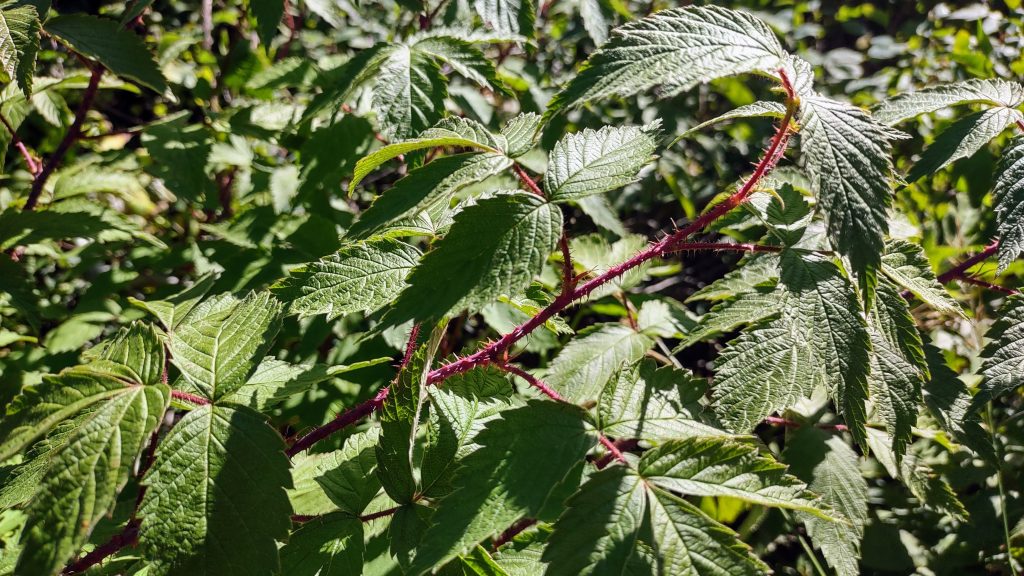
Nettleleaf Horsemint – Motherwort – Catmint – Any mint is good for teas. They are very fragrant. You can crush a leaf and get a good whiff. The stems on mints are square – like a REALLY long and REALLY skinny rectangular solid. And the leaves grow off the stems in pairs. Flowers on mint plants grow UP; they don’t hang down like on stinging nettle.
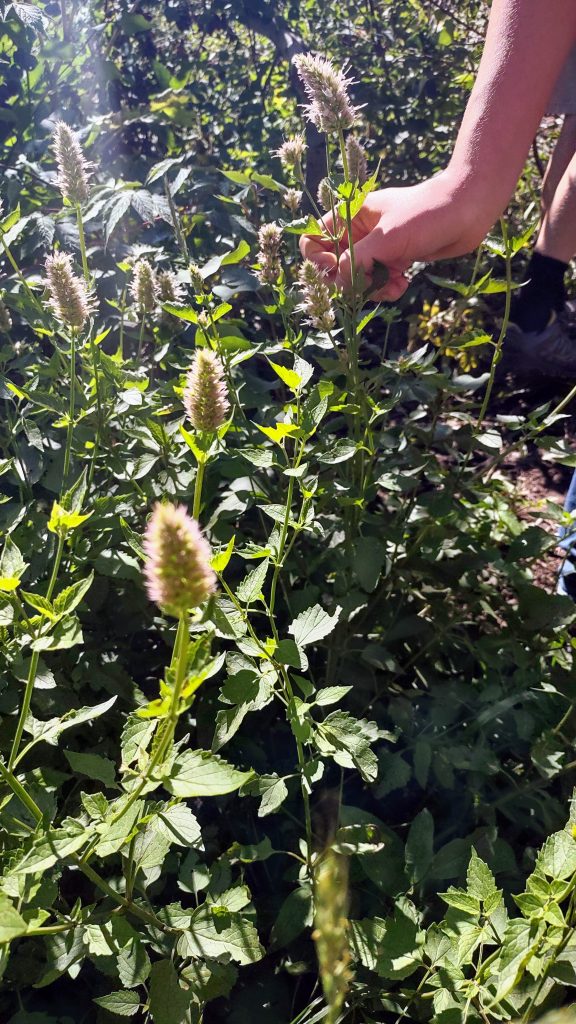
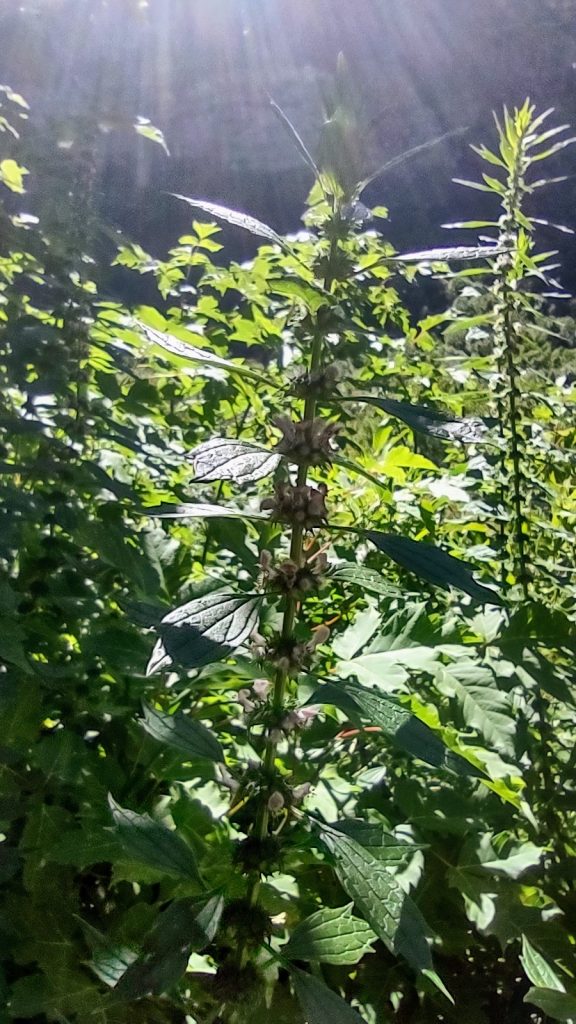
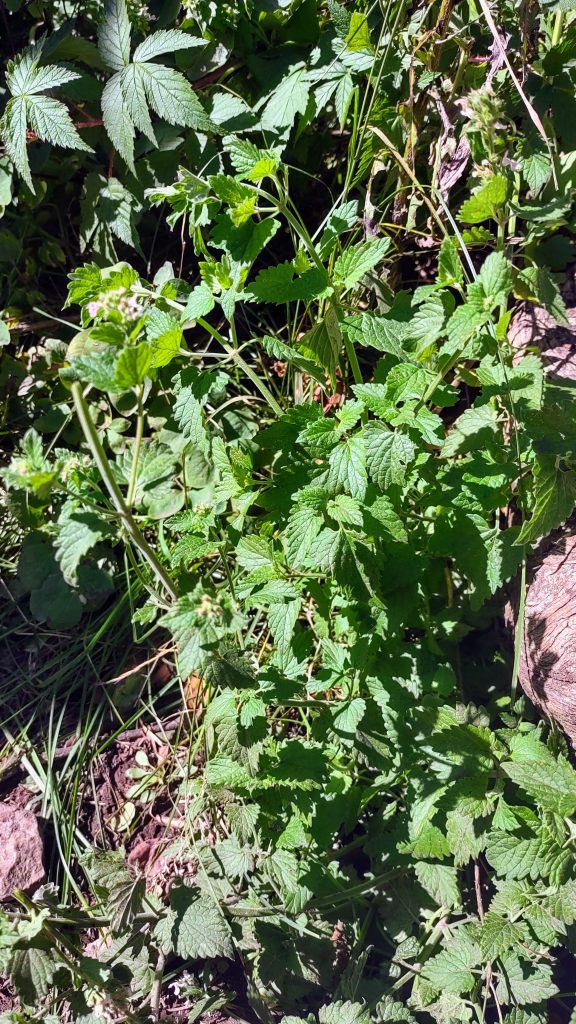
False Solomon’s Seal – edible, but would you really want to? I mean? (This one clearly wasn’t my favorite, but it was VERY juicy!)
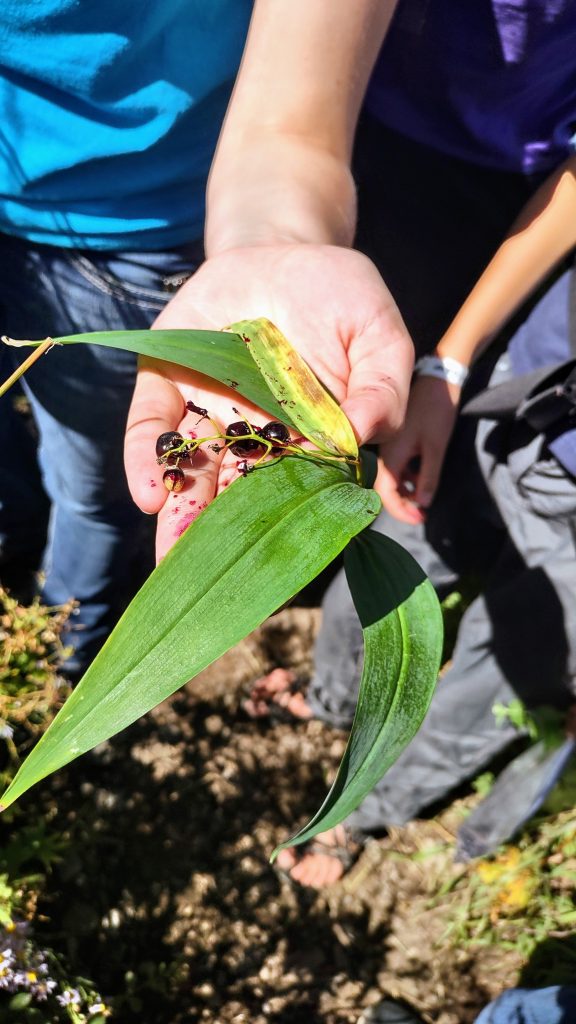
Hops – Very fragrant. (This is the stuff they use to flavor beer.) You can make a tea out of it – that is NOTHING like beer. It is medicinal and is a mild sedative, so you could make some hops tea to help you sleep when you are worked up and stressed out.
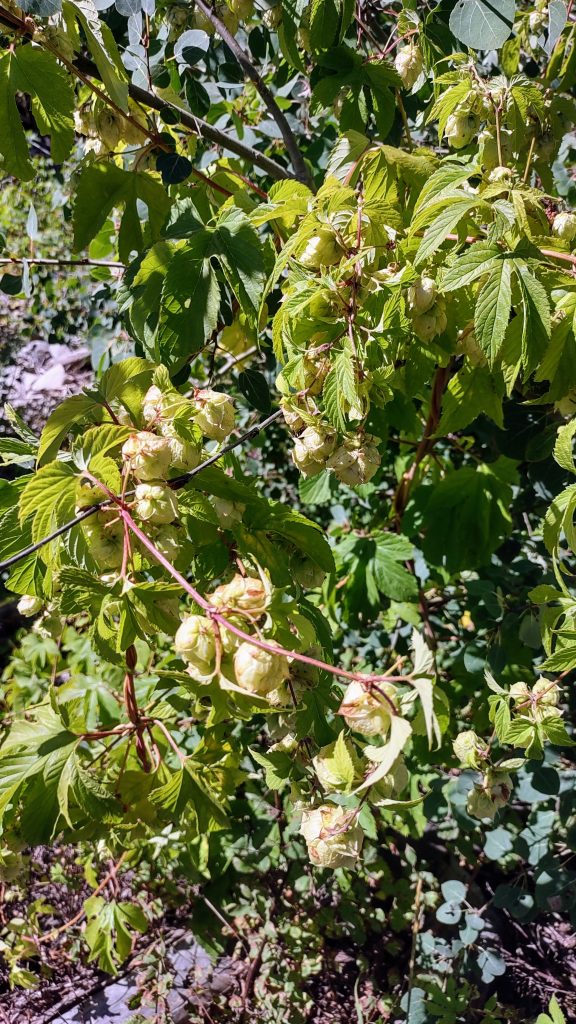
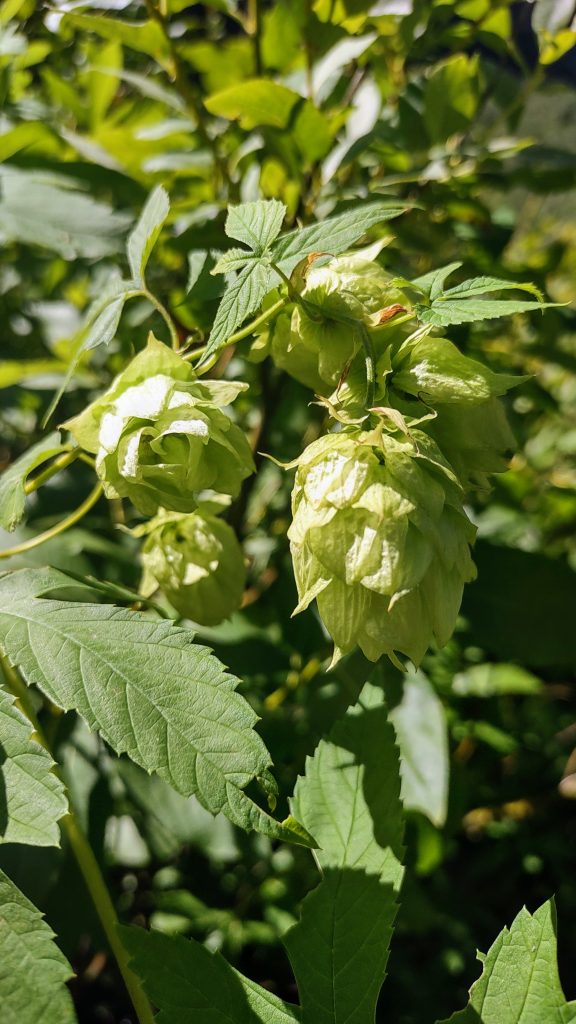
Dodder – this is NOT something you eat. This is a strange little parasitic plant that looks just like a little orange/yellow string with flowers. It doesn’t grow in the soil, but just up on top of the plants like this. It gets it’s nutrients directly from the host plant.
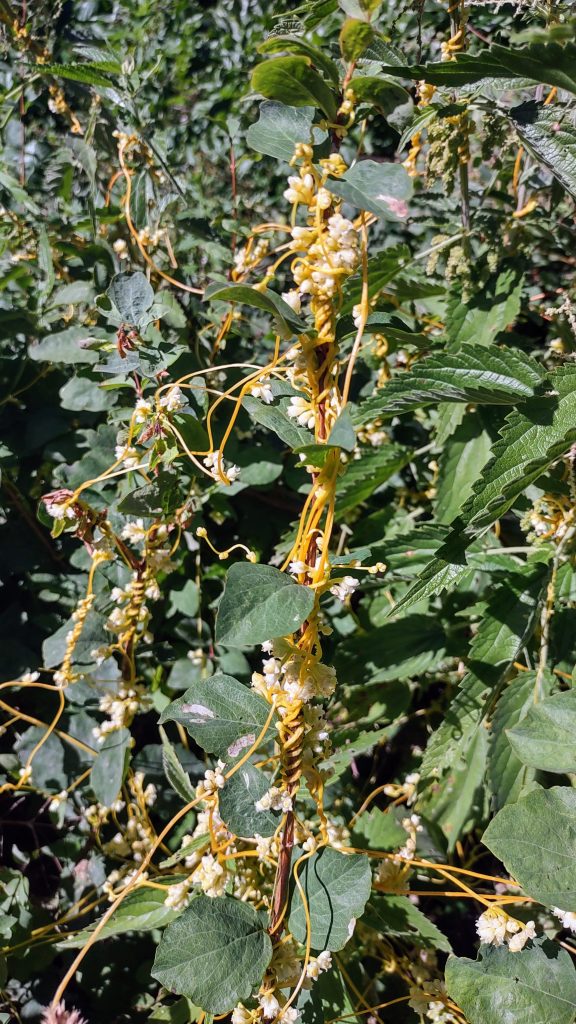
Dogwood berries – NOT edible. The coloring isn’t right in this photo, but they are a pale whitish blue. Very pretty.
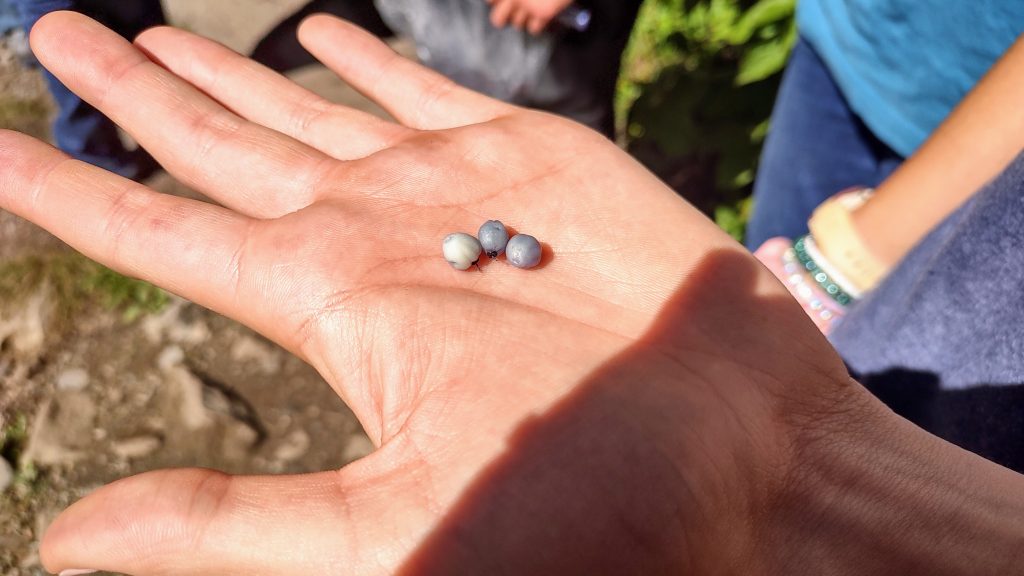
Elderberries – These are the purple kind, but there are also red elderberries. DO NOT EAT THE RED BERRIES. The purple can also be problematic. You can eat a couple, but really, they need to be cooked first or else you run the risk of throwing up. Elderberries are very medicinal and work well in home made cough syrups. (I made some this year, so if you want to try it, let me know and I’ll bring some to class.)
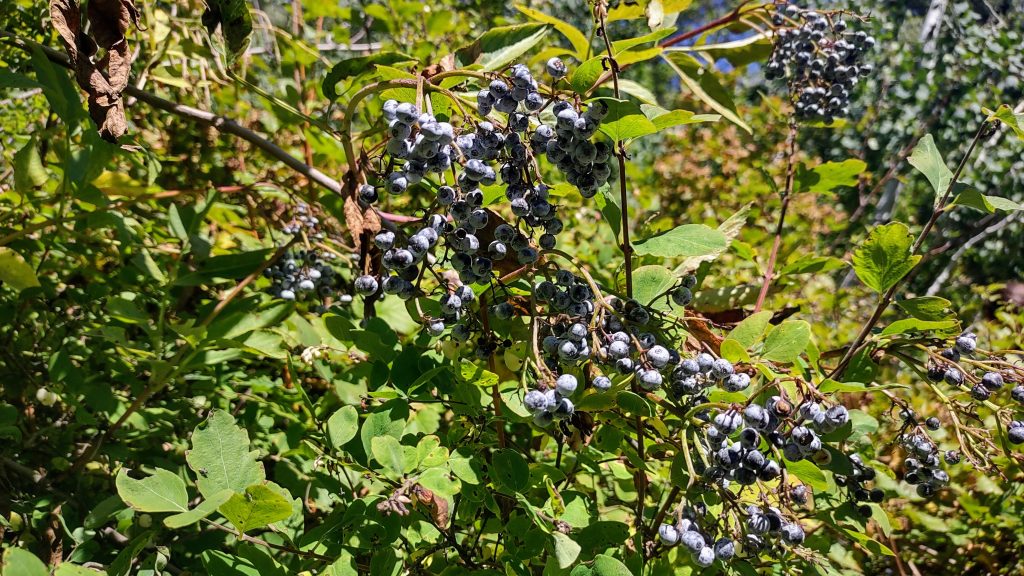
Fairy berries – (Berries from the fairy bell plants. Cute!) Not delicious, but edible.
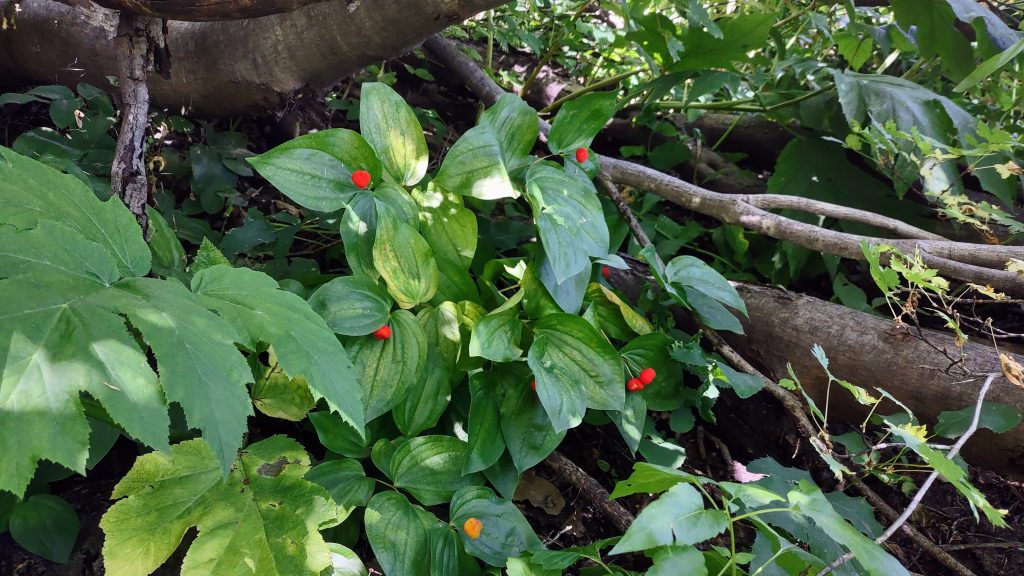
Thimble berries – like raspberries, but very delicate. They have great big leaves that look like stars. We were lucky to find a few that were ripe. Since the snow lasted so long up there this year, many of the flowers were still in bloom at the higher elevation, and while it was too late for some of the berries down below, up high they were just ready to eat!
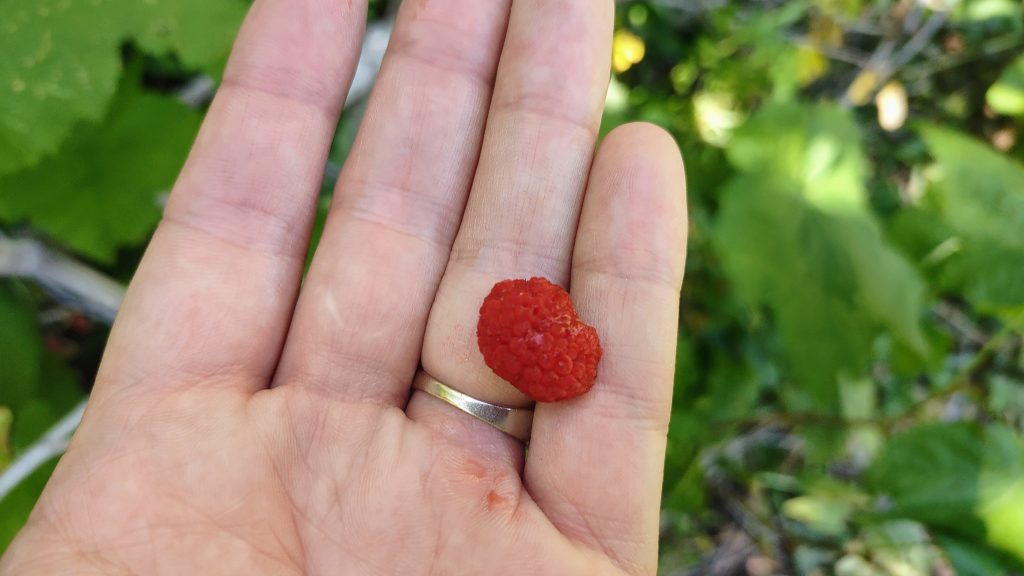
Other great finds – An unidentified mini mushroom, Monkshood flowers (the most poisonous thing we have here, but such a pretty purple color. My photo didn’t turn out, so here is a stock photo), monkey flowers (yellow), and mountain bluebells. We saw MANY more flowers than just those, but I didn’t take photos of all of them. Fireweed, wild geranium, and Western Coneflowers were some of our favorites. Stinging Nettle wasn’t our favorite, so I didn’t take a picture. But for those who got too close, we found some mullein/lamb’s ear and thankfully that solved our problems.
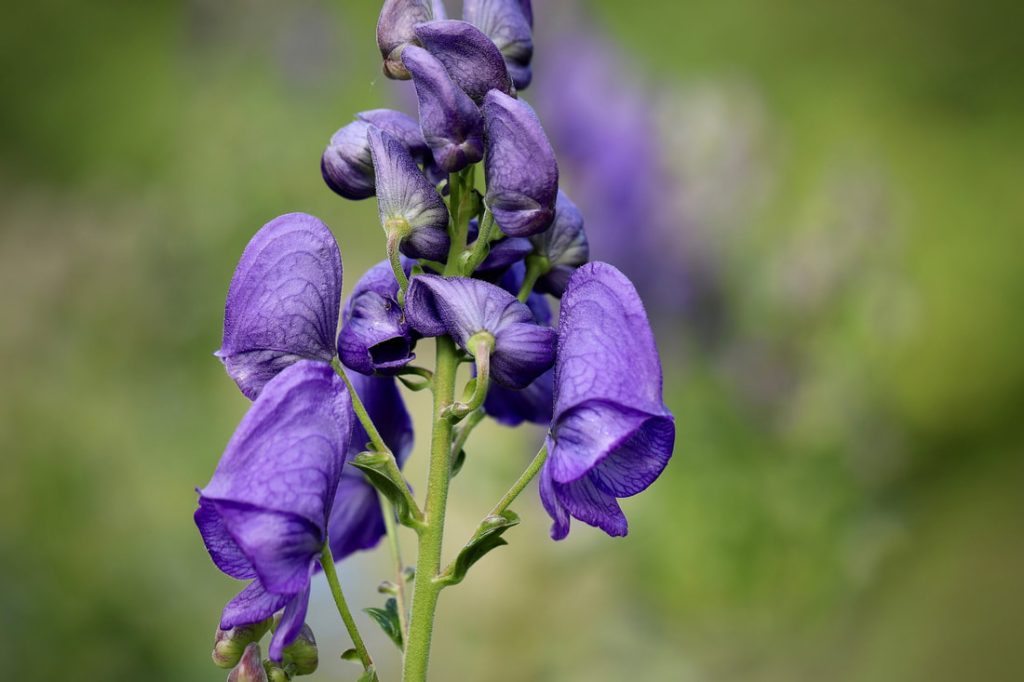
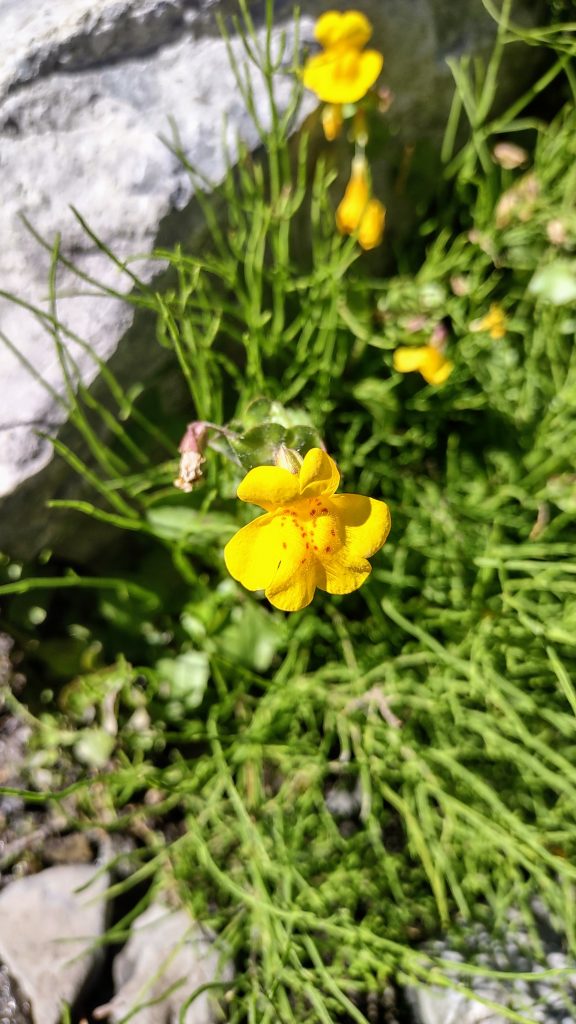
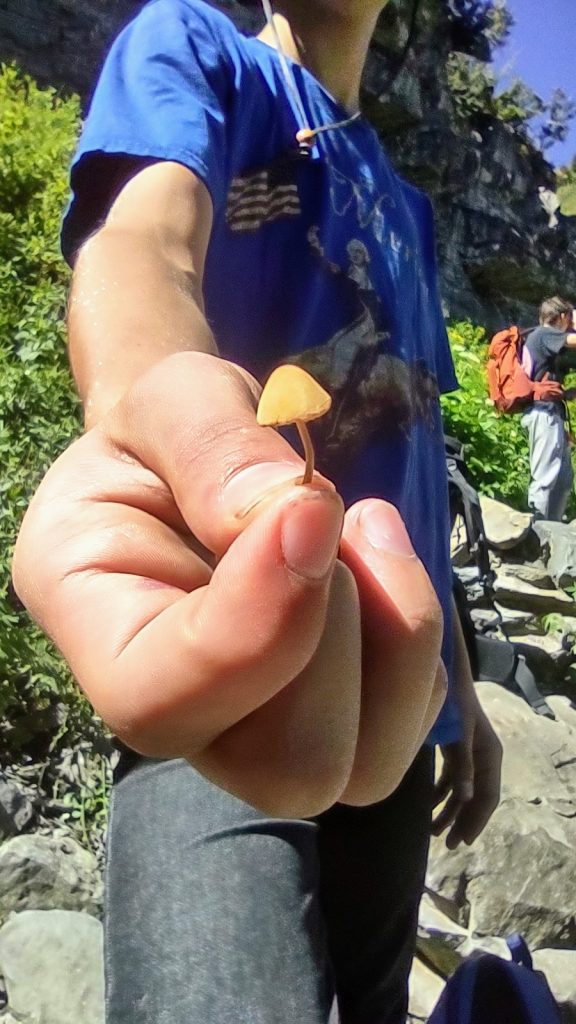
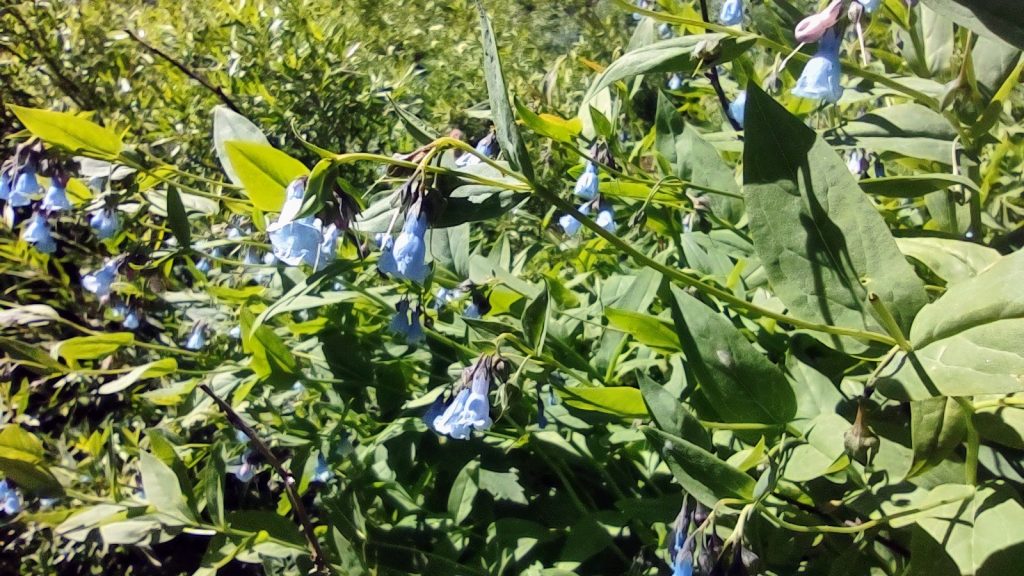
Our NEXT non-Thursday field trip will be Friday, October 6th. We’ll be going up to Big Springs Hollow! Watch for a sign up. And like all our non-Thursday field trips, any ASA students and their parents are welcome to come, but seating in the Mock van is reserved first for students in WbN.
